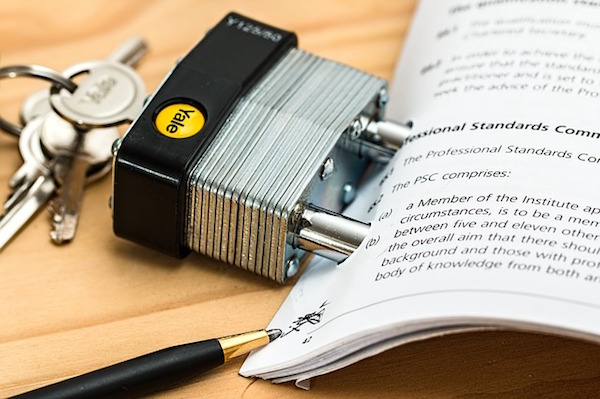
Having home improvement work done on your house can be one of the most rewarding experiences you have with your home, and it can also be one of the most frustrating. As you are no doubt aware, many homeowners have experienced both. Home remodeling involves putting your dreams down on paper so that the contractor understands exactly what you want. For this reason, it is important to have a solid agreement that outlines responsibilities, deadlines, and a schedule of payments so that your contractor is giving you exactly what you want.
Here are 5 simple items that you’ll want to include in every home improvement agreement.
*Note the following tips shouldn’t be misconstrued as legal advice; we highly recommend that you have an attorney review any contract prior to signing.
- An Accurate Scope of Work
Make certain that the full scope of work is in writing and made part of your contract. When your contractor has the full scope of work in writing, you can be assured that he or she understands exactly what is expected. You can also now measure the work that is completed against the defined scope of work. - Dates that State when Construction will Begin, with an Approximate Completion Date
Make sure your agreement states when the work will begin, and approximately when it will end. I say “approximately” because due to changes in the scope of work, change orders, or various delays in construction, your contractor may not be able to define a specific completion date. Again, by putting it in writing, your contractor has stated when your project should begin and end. - Change Order Provision
Changes during construction happen all the time. Due to unforeseen circumstances, for example, termite damage or dry rot, there can be some additional work added to your project. Change orders can also be generated when you add to or change the scope of work after the contract was signed. This isn’t a problem, but all changes to your agreement should be done with what is called a “change order”. Simply speaking, a change order defines what additional work will be done, how much it will cost, and how the additional work will affect the date of completion. Make sure that any change orders are agreed to and signed before any additional work is started. - A Payment Schedule
A payment schedule defines when the contractor will receive payment for work completed. Negotiate a payment schedule with your contractor that gives them the money they need to buy materials and pay for labor, but do not advance payment for work that has not been completed. One exception to this may be for custom material orders. For example, if custom kitchen cabinetry is ordered, a deposit is required when the custom cabinet order is placed. Don’t expect your contractor to finance your project. Paying deposits for custom orders is standard in construction. To be fair, review a payment schedule with your contractor that protects both of you. - A Termination Clause
Sometimes projects are terminated. If a project isn’t going well, a termination clause allows you or your contractor to terminate the agreement. This protects both of you. A simple termination agreement would address the following:If either party to this agreement conclude that further performance under this agreement is hampered by communication problems, misunderstandings or mistrust, or if the personal circumstances of the contractor or homeowner change to such a degree so as to interfere materially with the continuing progress of the work, either party may, upon seven (7) days’ prior written notice to the other party, terminate this agreement.
 Preventing Home Improvement Fraud
Preventing Home Improvement Fraud  Tips for Finding & Hiring an Electrician
Tips for Finding & Hiring an Electrician  What Should Be Included in a Contractor Agreement Form?
What Should Be Included in a Contractor Agreement Form?  How Much Do Garden and Yard Work Services Cost?
How Much Do Garden and Yard Work Services Cost?  What to Know When Hiring a Fence Installer
What to Know When Hiring a Fence Installer 

Are You Familiar With This Topic? Share Your Experience.